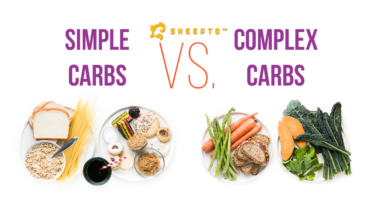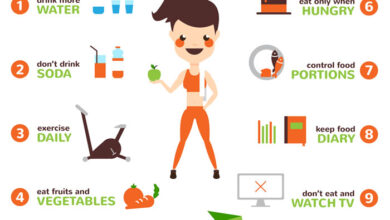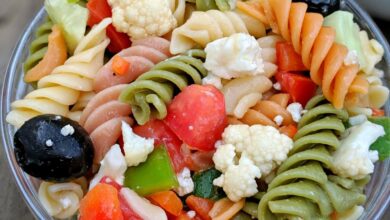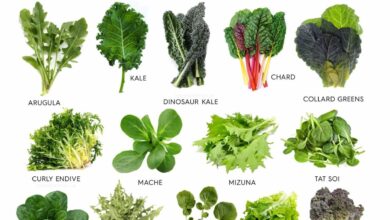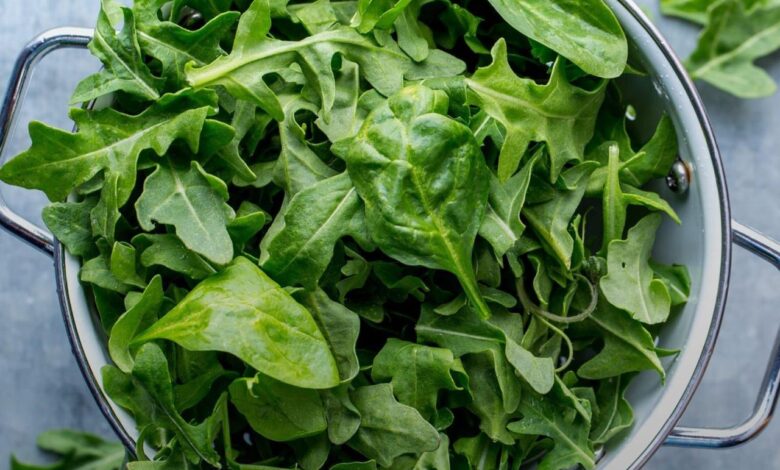
6 Very Healthy Foods You Should Be Eating Regularly
6 Very Healthy Foods You Should Be Eating Regularly – We all know that a healthy diet is essential for a long and happy life. But with so much conflicting information out there, it can be tough to know what to eat.
That’s why I’m sharing six superfoods that should be staples in your diet. These nutrient-packed powerhouses are packed with vitamins, minerals, and antioxidants that can help you stay healthy and energized. Let’s dive into these amazing foods and how they can benefit you.
From leafy greens to nuts and seeds, each of these foods plays a vital role in supporting your overall well-being. By incorporating these foods into your daily meals, you’re taking a proactive step towards a healthier and happier you.
Fueling Your Body: 6 Healthy Foods You Should Eat Regularly
We all know that a healthy diet is essential for a healthy life. It’s not just about feeling good, but also about preventing chronic diseases, maintaining a healthy weight, and boosting our overall well-being. While there are countless foods that contribute to a balanced diet, there are certain foods that stand out for their exceptional nutritional value and benefits.
This article will delve into six powerhouse foods that should be incorporated into your regular diet to nourish your body and optimize your health.
Leafy Green Vegetables
Leafy green vegetables, such as spinach, kale, and romaine lettuce, are nutritional powerhouses packed with essential vitamins, minerals, and antioxidants. These greens are low in calories and rich in fiber, which helps regulate digestion and promote feelings of fullness.
- Vitamins and Minerals:Leafy greens are excellent sources of vitamins A, C, K, and folate, along with minerals like iron, calcium, and magnesium. These nutrients play vital roles in various bodily functions, including vision, immune system function, blood clotting, and energy production.
Eating a balanced diet with plenty of fruits, vegetables, whole grains, lean protein, and healthy fats is essential for overall well-being. But don’t forget about the importance of stretching! Regular stretching can improve flexibility, reduce muscle soreness, and enhance your range of motion.
Check out this helpful guide on common types of stretches and when to do each to find the best stretches for your needs. And remember, a healthy lifestyle encompasses both nourishing your body with good food and keeping it moving with regular exercise and stretching.
- Antioxidants:These greens are brimming with antioxidants, which combat free radicals that can damage cells and contribute to chronic diseases. Some notable antioxidants found in leafy greens include lutein, zeaxanthin, and beta-carotene, which have been linked to eye health and reduced risk of certain cancers.
- Fiber:The high fiber content in leafy greens promotes digestive health, regulates blood sugar levels, and helps you feel full for longer, aiding in weight management.
To incorporate leafy greens into your diet, try adding them to salads, smoothies, soups, or stir-fries. You can also sauté them with garlic and olive oil for a simple and flavorful side dish.
Berries
Berries, such as strawberries, blueberries, raspberries, and blackberries, are nature’s sweet treats that offer a plethora of health benefits. These tiny fruits are packed with antioxidants, fiber, and vitamins, making them a valuable addition to any healthy diet.
Sticking to a healthy diet doesn’t mean you have to sacrifice your cravings! While fruits, vegetables, whole grains, and lean proteins are essential, incorporating seasonal flavors like pumpkin can be a fun and delicious way to add variety. If you’re looking for some RD-approved pumpkin snacks, check out 8 RD approved pumpkin flavored snacks to buy at Trader Joe’s.
These treats will satisfy your sweet tooth while still fitting into a balanced diet that prioritizes those essential healthy foods.
- Antioxidants:Berries are particularly rich in antioxidants, especially anthocyanins, which give them their vibrant colors. These antioxidants have been linked to reduced inflammation, improved brain function, and a lower risk of heart disease and cancer.
- Fiber:Berries are a good source of fiber, which aids digestion, promotes regularity, and helps control blood sugar levels.
- Vitamins and Minerals:Berries are also a good source of vitamin C, vitamin K, and manganese, which are essential for immune function, blood clotting, and bone health, respectively.
Enjoy berries as a snack, add them to yogurt or oatmeal, or use them to top salads and desserts. Their versatility makes them a delightful and healthy addition to any meal.
Leafy Green Vegetables
Leafy green vegetables, like spinach, kale, and collard greens, are nutritional powerhouses that deserve a prominent place in your diet. They’re packed with essential vitamins, minerals, and antioxidants that contribute to overall health and well-being.
Nutritional Powerhouse
Leafy green vegetables are rich in a wide array of nutrients, making them an excellent addition to any healthy diet.
- Vitamins:Leafy greens are abundant in vitamins A, C, K, and folate, which are crucial for various bodily functions, including vision, immune system support, blood clotting, and cell growth.
- Minerals:They are also excellent sources of minerals like iron, calcium, magnesium, and potassium, which play vital roles in maintaining bone health, regulating blood pressure, and supporting muscle function.
- Antioxidants:Leafy greens are packed with antioxidants, such as lutein and zeaxanthin, which protect against cell damage caused by free radicals, reducing the risk of chronic diseases like heart disease and cancer.
Incorporating Leafy Greens into Your Diet
There are countless ways to enjoy the benefits of leafy green vegetables. Here are a few ideas:
- Salads:Leafy greens are the foundation of a healthy salad. Experiment with different combinations of greens, like spinach, kale, and romaine lettuce, and add your favorite toppings, such as grilled chicken, avocado, and nuts.
- Smoothies:Blend leafy greens into smoothies for a quick and easy way to boost your nutrient intake. Add fruits, yogurt, and other ingredients to create delicious and healthy smoothies.
- Soups:Leafy greens can be added to soups for a boost of flavor and nutrients.
- Sandwiches and Wraps:Add a handful of leafy greens to your sandwiches and wraps for a healthy and satisfying addition.
- Sautéed Dishes:Sauté leafy greens with garlic, olive oil, and other seasonings for a simple and delicious side dish.
Fruits
Fruits are nature’s candy, bursting with sweetness and packed with essential nutrients. They are a delicious and versatile way to add vibrant colors and flavors to your diet while boosting your overall health.
The Nutritional Powerhouse of Fruits, 6 very healthy foods you should be eating regularly
Fruits are rich sources of vitamins, minerals, and fiber, all of which play crucial roles in maintaining a healthy body. They are particularly high in antioxidants, which protect your cells from damage caused by free radicals, reducing your risk of chronic diseases.
I’m always looking for ways to improve my diet, and I’ve recently been focusing on incorporating six very healthy foods into my routine: leafy greens, berries, nuts, seeds, lean protein, and whole grains. Of course, it’s important to remember that even healthy foods should be consumed in moderation, so I’ve been researching strategies for eating in moderation to ensure I’m getting the most out of these nutrient-rich foods without overdoing it.
Ultimately, the key is to find a balance that works for me, and these six foods are a great starting point for a healthier, happier me!
Berries: Tiny Powerhouses of Antioxidants
Berries like blueberries, strawberries, raspberries, and blackberries are nutritional powerhouses. They are rich in antioxidants, particularly anthocyanins, which give them their vibrant colors. These antioxidants have been linked to various health benefits, including improved brain function, reduced inflammation, and protection against heart disease.
“A single cup of blueberries contains more antioxidants than a cup of any other fruit.”
Citrus Fruits: A Vitamin C Boost
Citrus fruits like oranges, grapefruits, lemons, and limes are excellent sources of vitamin C, a potent antioxidant that supports immune function, collagen production, and wound healing. They also contain folate, potassium, and fiber.
Apples: A Crunchy Source of Fiber
Apples are a good source of fiber, particularly soluble fiber, which helps regulate blood sugar levels, lower cholesterol, and promote digestive health. They are also rich in vitamin C, potassium, and antioxidants.
Creative Ways to Enjoy Fruits
Fruits can be enjoyed in countless ways, making them a versatile addition to any diet. Here are some creative ideas:
- Smoothies:Blend your favorite fruits with yogurt, milk, or water for a refreshing and nutritious drink.
- Salads:Add chopped fruits like berries, apples, or oranges to your salads for a burst of sweetness and flavor.
- Desserts:Bake fruit pies, tarts, crisps, or cobblers for a healthy and satisfying treat.
- Snacks:Enjoy fresh fruit on its own or pair it with nuts, seeds, or yogurt for a healthy and satisfying snack.
Whole Grains
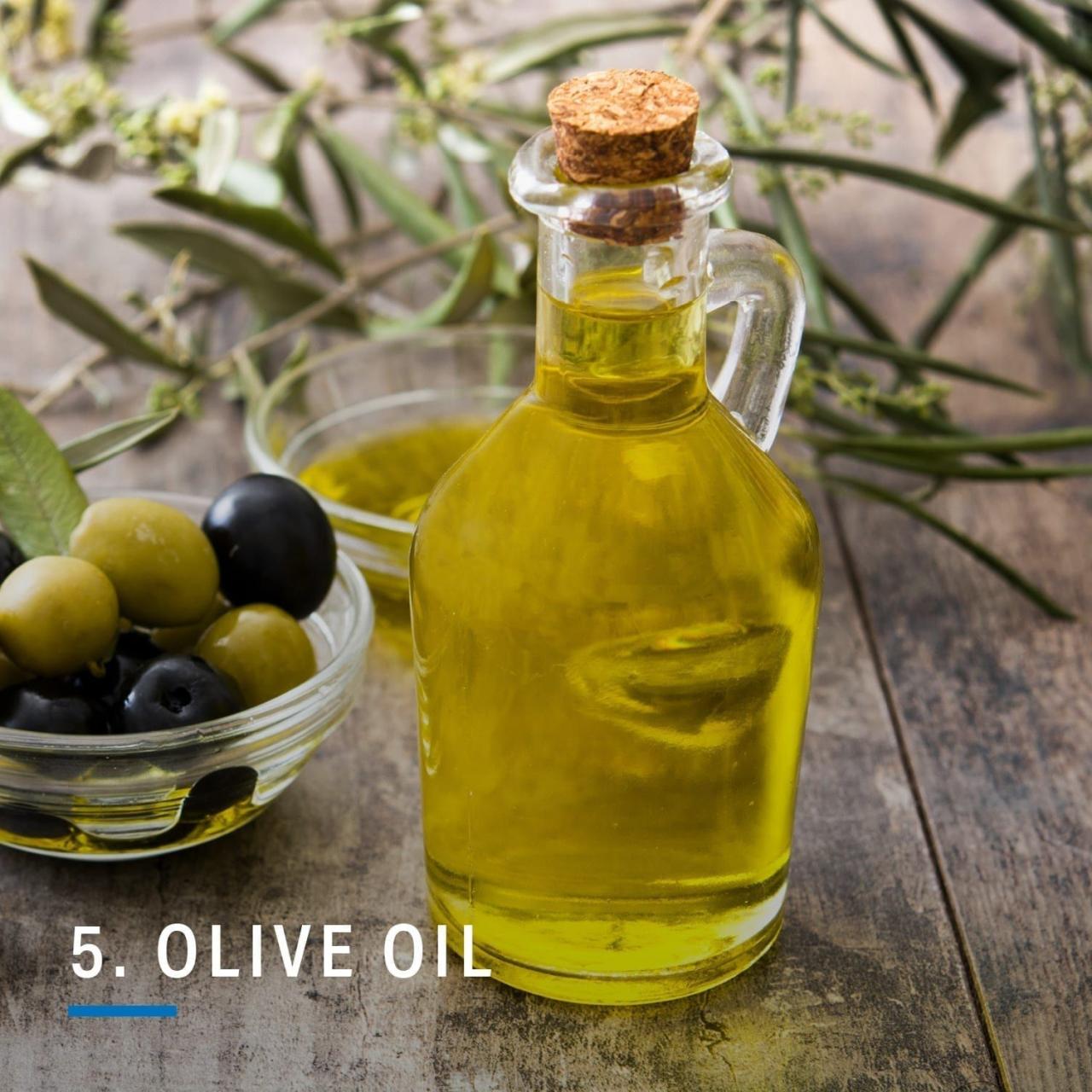
Whole grains are a nutritional powerhouse, offering a wealth of benefits that contribute to overall well-being. These unrefined grains, including brown rice, quinoa, and oats, provide a valuable source of complex carbohydrates, dietary fiber, and essential nutrients.
Nutritional Advantages of Whole Grains
Whole grains stand out due to their nutrient-rich profile, offering a diverse range of essential vitamins, minerals, and antioxidants. They are particularly notable for their high content of fiber, which plays a crucial role in maintaining digestive health, regulating blood sugar levels, and promoting satiety.
Role in Providing Complex Carbohydrates, Fiber, and Essential Nutrients
Whole grains are an excellent source of complex carbohydrates, which provide sustained energy release compared to simple sugars. This slow-burning energy helps maintain stable blood sugar levels, preventing energy crashes and promoting sustained energy throughout the day. The fiber content in whole grains is equally important, aiding in digestion, promoting regularity, and contributing to a feeling of fullness.
Additionally, whole grains are rich in essential nutrients, including B vitamins, iron, magnesium, and zinc, which are vital for various bodily functions.
Incorporating Whole Grains into Meals
Whole grains can be seamlessly integrated into various meals, adding both flavor and nutritional value.
Breakfast
A simple and nutritious breakfast option includes a bowl of oatmeal topped with fresh fruit and a sprinkle of nuts. Whole grain toast with avocado and a poached egg provides a satisfying and protein-rich start to the day.
Lunch
For lunch, a whole grain salad with grilled chicken or fish, and a variety of colorful vegetables, offers a balanced and flavorful meal. Brown rice or quinoa can be used as a base for a hearty veggie stir-fry.
Dinner
Whole grain pasta dishes with tomato sauce and lean protein are a classic and nutritious dinner option. Whole grain bread can be used to make sandwiches or wraps with various fillings.
Legumes
Legumes are a powerhouse of nutrition, packed with protein, fiber, and essential vitamins and minerals. They are a versatile ingredient that can be incorporated into a wide range of dishes, making them a valuable addition to any healthy diet.
Benefits of Legumes
Legumes are an excellent source of protein, providing a complete amino acid profile, making them a valuable alternative to animal protein. They are also rich in fiber, which promotes digestive health and helps regulate blood sugar levels. Additionally, legumes are packed with essential nutrients, including iron, folate, magnesium, and potassium.
Legumes as a Source of Protein
Legumes are a great source of plant-based protein, offering a complete amino acid profile, meaning they contain all the essential amino acids your body needs. A cup of cooked lentils provides about 18 grams of protein, while a cup of chickpeas provides about 15 grams.
Incorporating legumes into your diet can help you meet your daily protein requirements without relying solely on animal sources.
Legumes and Fiber
Legumes are an excellent source of both soluble and insoluble fiber. Soluble fiber helps lower cholesterol levels and regulate blood sugar, while insoluble fiber promotes digestive health and regularity. A cup of cooked lentils contains about 16 grams of fiber, while a cup of cooked black beans contains about 15 grams.
Creative Ways to Prepare Legumes
Legumes are incredibly versatile and can be incorporated into various dishes. They can be enjoyed as a side dish, added to soups, stews, salads, or used as a base for vegetarian burgers and meatless meatballs. Here are some creative ways to prepare legumes:
Soups and Stews
Legumes are a staple ingredient in soups and stews, adding a hearty texture and a boost of protein and fiber. You can make a simple lentil soup with vegetables, or a hearty chickpea stew with spices and herbs.
Salads
Legumes can add a satisfying crunch and protein to salads. You can toss chickpeas into a Mediterranean salad with tomatoes, cucumbers, and feta cheese, or add lentils to a green salad with avocado and walnuts.
Vegetarian Burgers and Meatless Meatballs
Legumes can be used as a base for vegetarian burgers and meatless meatballs. You can combine cooked lentils, chickpeas, or black beans with spices and herbs, and form them into patties or meatballs.
Nuts and Seeds
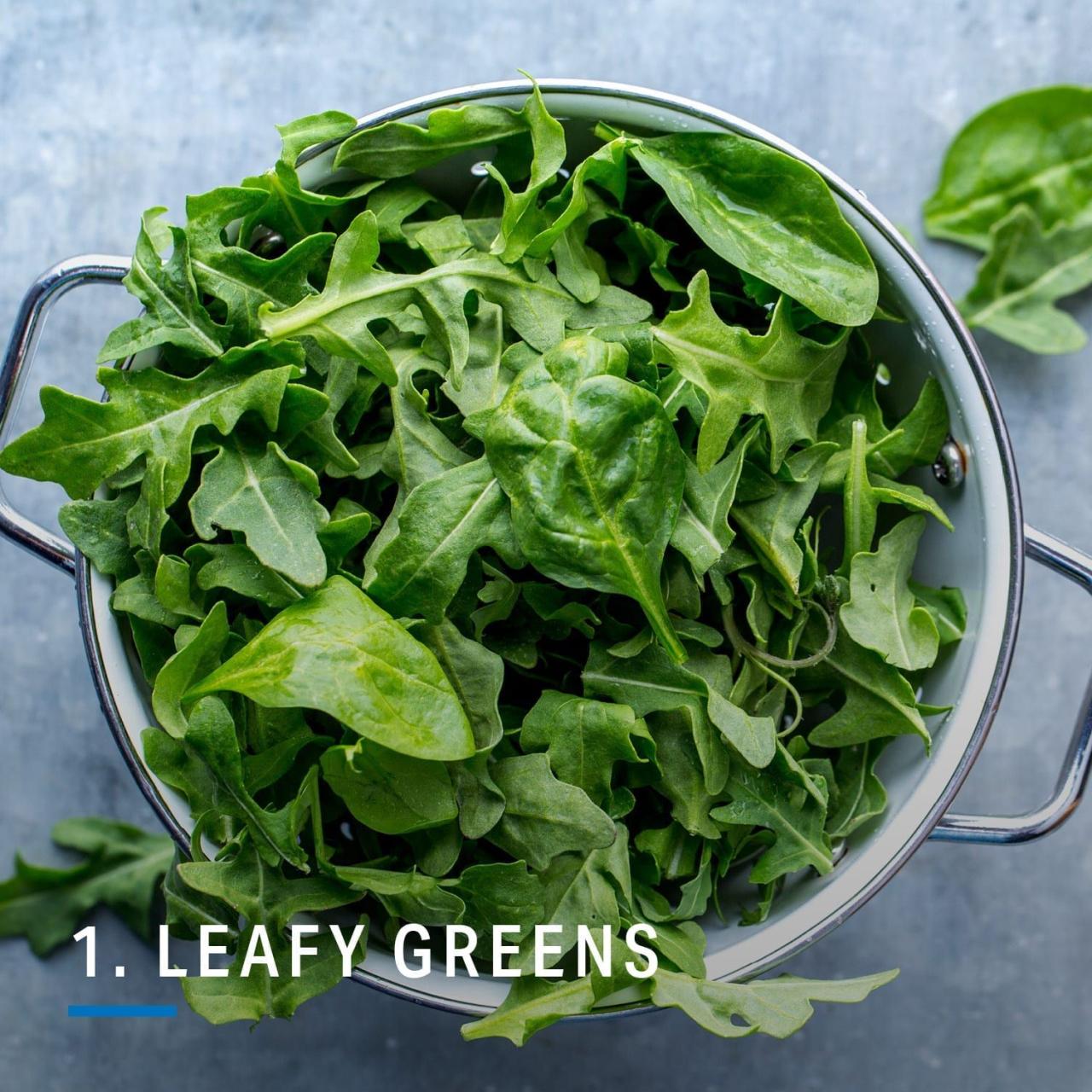
Nuts and seeds are nutritional powerhouses packed with healthy fats, protein, fiber, and essential vitamins and minerals. They are an excellent addition to any diet, offering a wide range of health benefits.
Nutritional Benefits of Nuts and Seeds
Nuts and seeds are rich in nutrients that contribute to overall health and well-being. Here are some of their key nutritional benefits:
- Healthy Fats:Nuts and seeds are excellent sources of monounsaturated and polyunsaturated fats, which are heart-healthy fats. These fats help lower bad cholesterol levels and improve heart health.
- Protein:Nuts and seeds provide a good source of protein, which is essential for building and repairing tissues, maintaining muscle mass, and supporting a healthy immune system.
- Fiber:Nuts and seeds are high in fiber, which aids in digestion, promotes regularity, and helps control blood sugar levels. Fiber also contributes to a feeling of fullness, making it beneficial for weight management.
- Essential Nutrients:Nuts and seeds are rich in essential vitamins and minerals, including vitamin E, magnesium, zinc, and selenium. These nutrients play vital roles in various bodily functions, such as immune function, bone health, and energy production.
Incorporating Nuts and Seeds into Your Diet
There are numerous ways to enjoy the nutritional benefits of nuts and seeds. Here are some ideas for incorporating them into your diet:
- Snacks:Nuts and seeds make a satisfying and healthy snack. Enjoy a handful of almonds, walnuts, or pumpkin seeds as a mid-afternoon pick-me-up or a pre-workout fuel.
- Salads:Add chopped nuts or seeds to your salads for added crunch, flavor, and nutrition. Try almonds, walnuts, sunflower seeds, or chia seeds.
- Yogurt:Sprinkle a tablespoon or two of nuts or seeds on top of your yogurt for a boost of protein, fiber, and healthy fats. Consider almonds, pecans, or flaxseeds.
Conclusion: 6 Very Healthy Foods You Should Be Eating Regularly
Incorporating these six nutrient-rich foods into your diet is a powerful step towards achieving optimal health and well-being. These foods provide a foundation for a balanced and nutritious lifestyle, supporting various bodily functions and reducing the risk of chronic diseases.
The Benefits of a Balanced Diet
Consuming a diet rich in leafy green vegetables, fruits, whole grains, legumes, nuts, and seeds provides numerous benefits:
- Increased Energy Levels:These foods are packed with complex carbohydrates, which provide sustained energy throughout the day, preventing energy crashes and promoting mental clarity.
- Improved Digestion:Fiber, abundant in these foods, aids digestion, promotes regularity, and supports a healthy gut microbiome, crucial for overall health.
- Reduced Risk of Chronic Diseases:Studies have shown that diets rich in these foods are associated with a lower risk of heart disease, stroke, type 2 diabetes, and certain types of cancer.
- Enhanced Immune Function:The abundance of vitamins, minerals, and antioxidants in these foods strengthens the immune system, making it better equipped to fight off infections and illnesses.
- Improved Mood and Cognitive Function:Some of these foods contain essential nutrients that support brain health, promoting cognitive function, memory, and mood stability.
Outcome Summary
Incorporating these six healthy foods into your daily routine can significantly impact your health and well-being. Remember, it’s about making gradual changes and prioritizing these nutrient-rich options. By making these simple swaps, you’ll be on your way to a healthier and more vibrant life.
So, go ahead, explore these amazing foods, and discover the delicious and nutritious world they offer!

